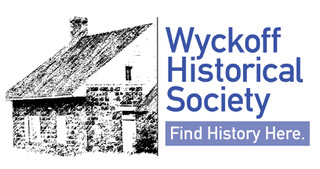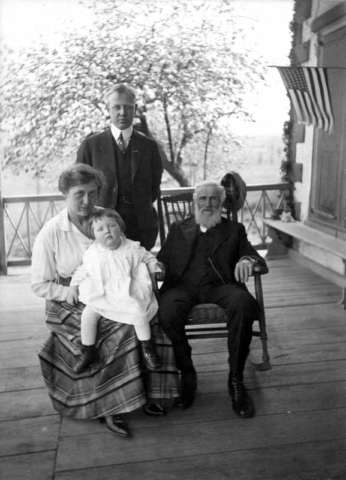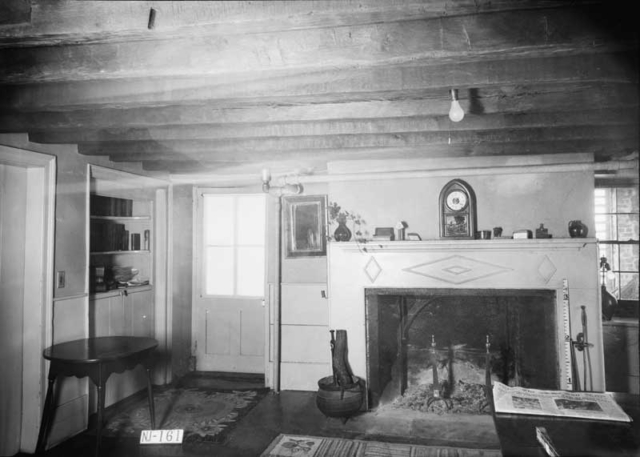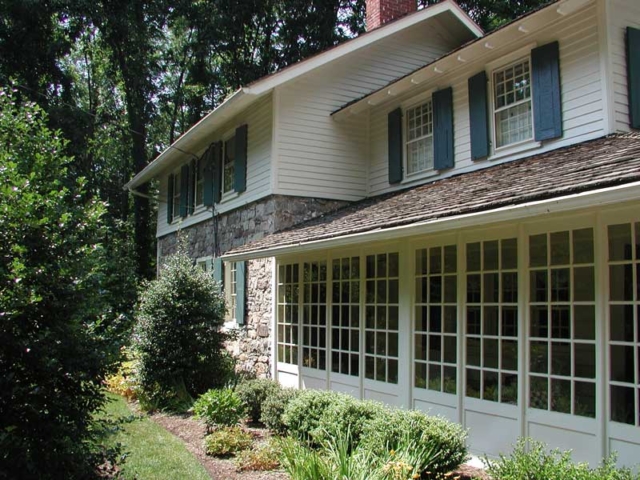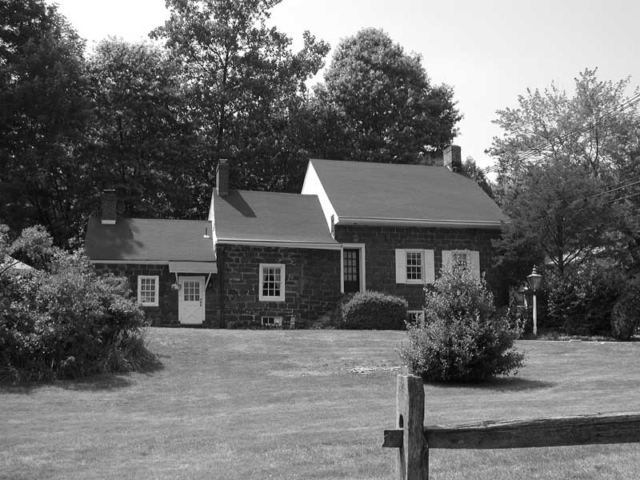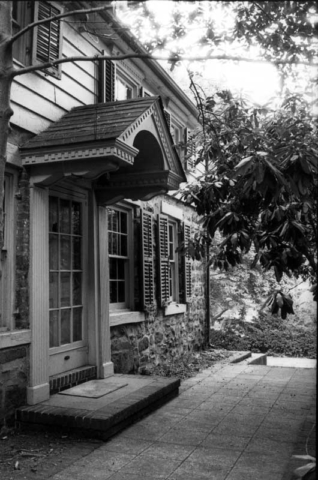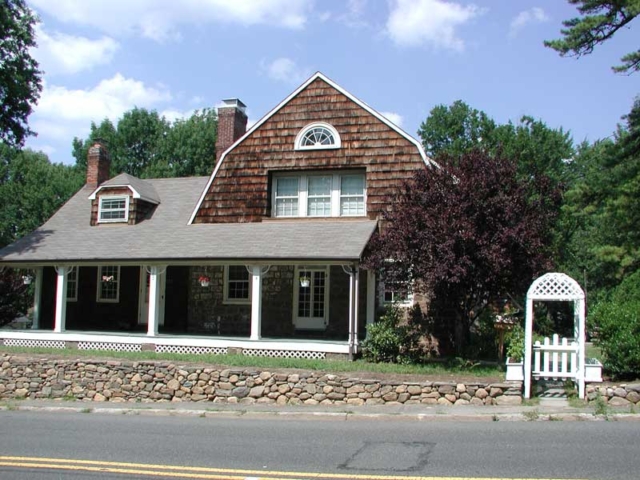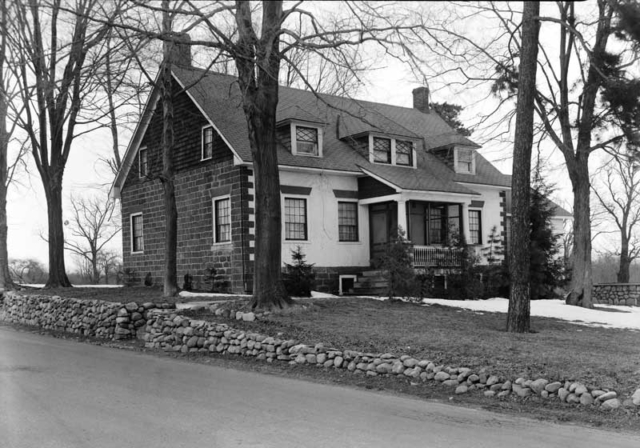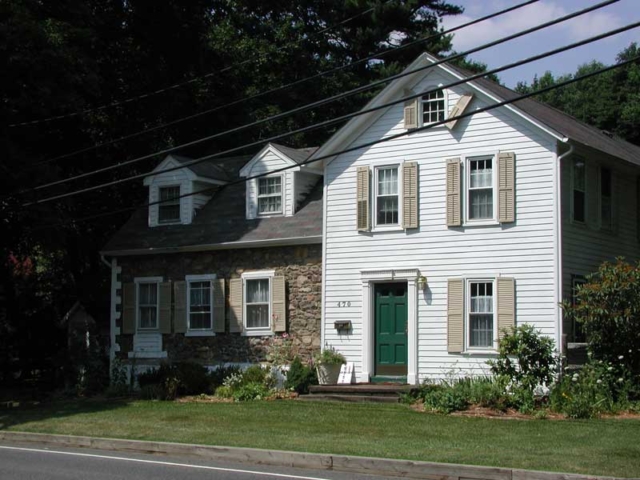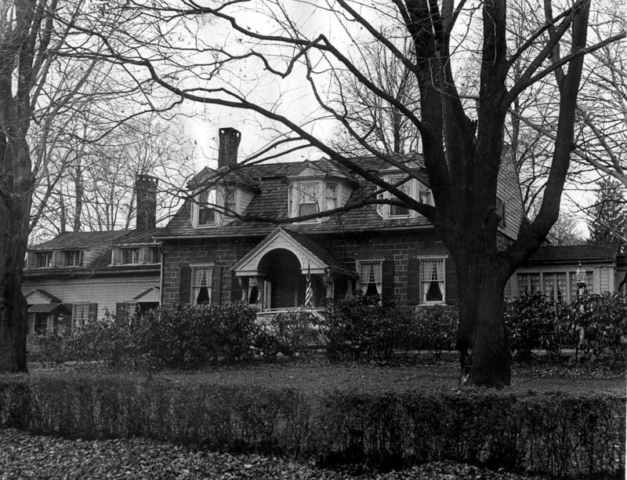One of the influences of the early Dutch settlers is the method of house construction; realizing the durability in building houses partially out of stone. Some stone used was red sandstone, which is easily cut into rectangular forms. This type of stone is not as common in Bergen County as were the local rubble-type fieldstones that were turned up by plowing fields and used for foundations. The roofs were built better than the average frame house. Inside the house, outside walls were covered in various materials, such as plaster filled in with mud and stones. Many of these homes were built with Dutch beehive ovens, which were thick brick enclosed for baking.
Most of the stone houses viewed here are listed in the Bergen Stone house Survey, the National Register of Historic Places, and the federal Historic American Building Survey. Once listed on the National Register of Historic Places, the house is protected from federal funded projects, such as highway construction, and is also eligible for federal funds for restoration or preservation.
The importance of these houses is that they are some of the only physical links to the past. Many of the present owners have preserved the original parts of their homes and perform restorations that will not diminish their historic value. Historic House Tours have been recently offered for the public to view the inside of many of these magnificently preserved early homes.
Source: “Images of America – Wyckoff” By David R. Brown with Bob Traitz and the Wyckoff Historical Society © 2003
